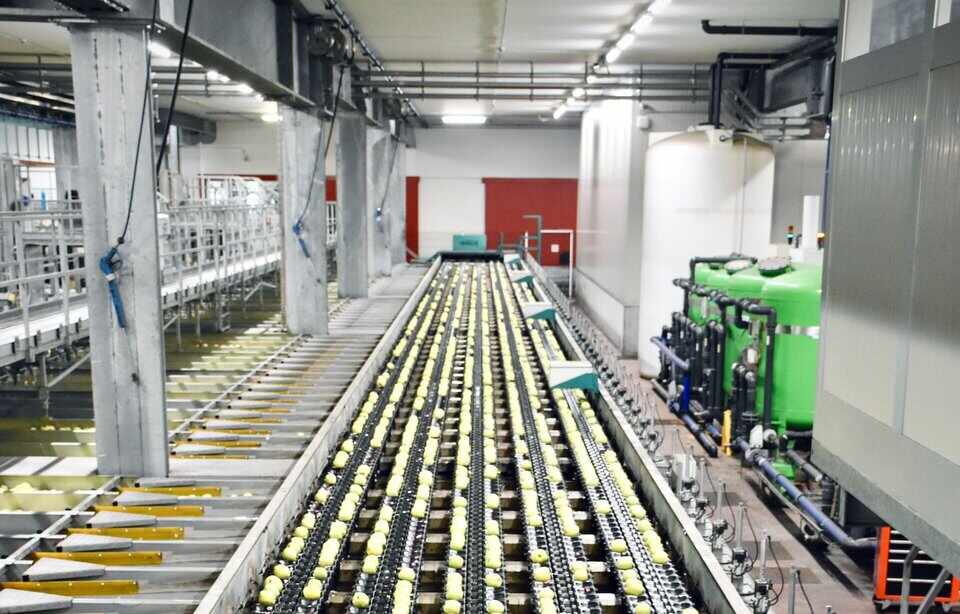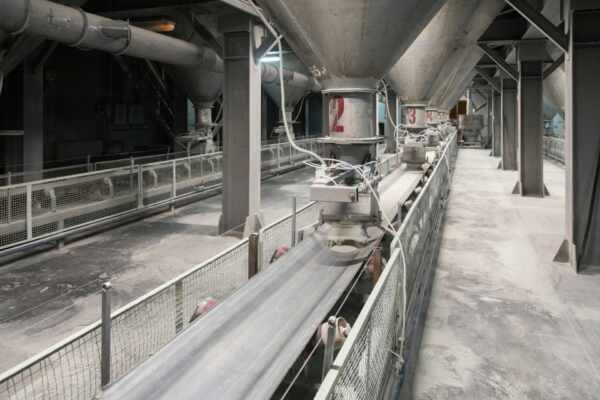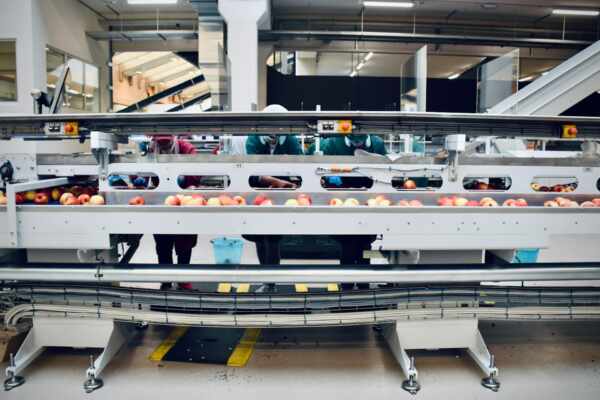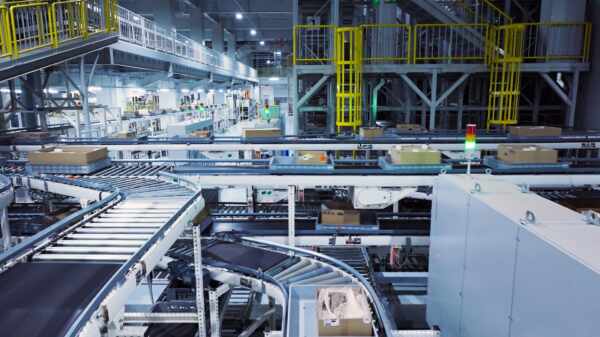Conveyor belts are the backbone of any manufacturing or processing facility, playing a crucial role in the smooth operation of production lines. Given the significant investment involved in conveyor belt systems, it is essential to ensure their longevity and maintain optimal performance levels. One critical decision faced by facility managers is whether to repair or replace a conveyor belt when issues arise. This decision can have significant implications on your facility’s productivity, efficiency, and overall costs. To make the best decision, it’s crucial to understand the advantages and disadvantages of repair and replacement, and how each option impacts your specific application.
In this comprehensive guide, we will help you navigate the decision-making process when determining whether to repair or replace your conveyor belt. Factors to consider include the extent of the damage, age and condition of the belt, costs associated with each option, and the impact of downtime on your operations. Armed with this knowledge, you can make an informed decision that benefits your facility’s efficiency, safety, and productivity.
Assessing the Damage: Identifying the Severity of the Issue
The first step in determining whether to repair or replace your conveyor belt is to assess the extent of the damage. It’s essential to consider the severity of the issue and the potential consequences if left unaddressed. Common issues that may require repair or replacement include:
1. Belt tears or punctures: Depending on the size, location, and frequency of tears or punctures, a conveyor belt repair may be sufficient to restore functionality. However, extensive or recurring damage may necessitate a full replacement.
2. Belt edge damage: Damage to the edge of the conveyor belt can reduce its stability and increase the risk of product spillage. Depending on the severity, a repair might prove sufficient, but extensive edge damage could require a full replacement.
3. Belt delamination: If the layers of a conveyor belt separate, known as delamination, repairs may prove difficult and a full replacement may be necessary.
Evaluating Age and Condition: The Lifespan of Your Conveyor Belt
The age and condition of your conveyor belt are crucial factors to consider when deciding between repair and replacement. If your conveyor belt is nearing the end of its intended lifespan, investing in a replacement may be more cost-effective than trying to extend its life through repairs. Consider the following factors:
1. Maintenance history: Frequent repairs may indicate that the conveyor belt has reached the end of its useful life, making replacement the most practical option.
2. Lifespan expectations: Consult the conveyor belt’s manufacturer guidelines to determine its expected lifespan. If the belt is nearing or has exceeded this period, replacement is likely the most reliable solution.
3. General wear and tear: Examine your conveyor belt for signs of general wear and tear, such as thinning, fraying, or material breakdown. This may signify that a replacement is needed to maintain optimal system performance.
Considering the Costs: Evaluating Repair Versus Replacement Expenses
One of the most important factors in deciding whether to repair or replace a conveyor belt is the associated costs. Keep in mind the following considerations:
1. Repair expenses: Determine the costs involved in repairing the conveyor belt, including labour, materials, and potential downtime. Make sure any repairs are completed quickly and efficiently to minimise your facility’s loss of productivity.
2. Replacement costs: Compare the costs of purchasing and installing a replacement conveyor belt with the expenses of ongoing repairs. If repairs will only provide a short-term solution, investing in a new conveyor belt may prove to be the most cost-effective choice.
3. Maintenance and energy savings: A new conveyor belt can improve operational efficiency by minimising maintenance requirements and reducing energy consumption. Consider the potential savings when evaluating the costs of repair versus replacement.
Analysing Downtime Impact: Minimising Disruption to Your Operations
The downtime associated with conveyor belt repair or replacement can impact your facility’s productivity. When weighing your options, consider the following factors:
1. Repair downtime: Assess the potential downtime involved in repairing your conveyor belt and evaluate the consequences for your facility’s productivity. In some cases, minor repairs can be completed without significant disruption to operations.
2. Replacement downtime: Determine the downtime required to replace the conveyor belt and factor this into your decision-making. While a full replacement may involve more significant downtime, it can ultimately lead to improved efficiency and reduced maintenance requirements in the long run.
3. Contingency planning: Develop a contingency plan to minimise the impact of downtime on your operations, whether caused by repair or replacement activities.
Conclusion
Deciding between conveyor belt repair or replacement requires a thorough analysis of the damage severity, age and condition of the belt, costs involved, and the potential impact on facility operations. By considering these crucial factors and partnering with experienced conveyor belt specialists like Change Parts Pty Ltd, you can make an informed decision that ensures the optimal performance, efficiency, and safety of your facility. A well-maintained and reliable conveyor belt system will ultimately lead to increased productivity and cost savings in your manufacturing or processing facility.
For expert assistance in determining the best course of action for your conveyor belt system – repair or replacement – consult the experienced team at Change Parts Pty Ltd. Together, we can develop a tailored solution that meets your facility’s needs and maximises efficiency, safety, and productivity.




